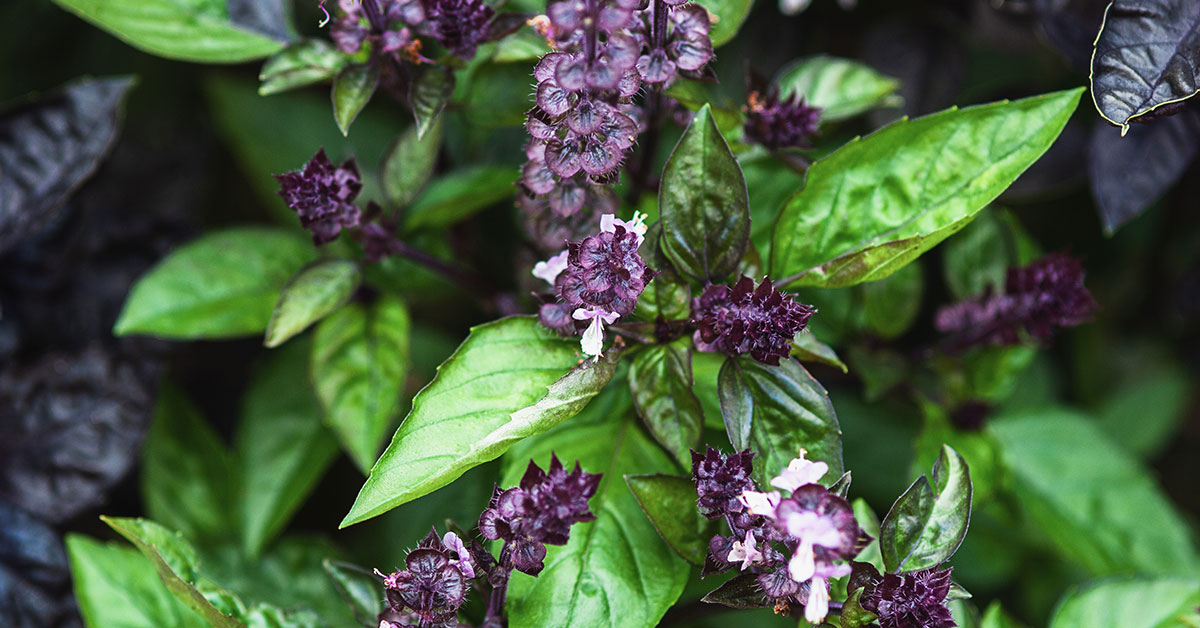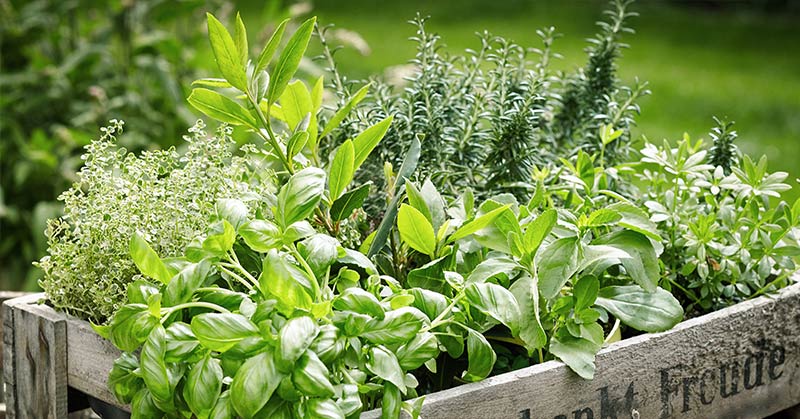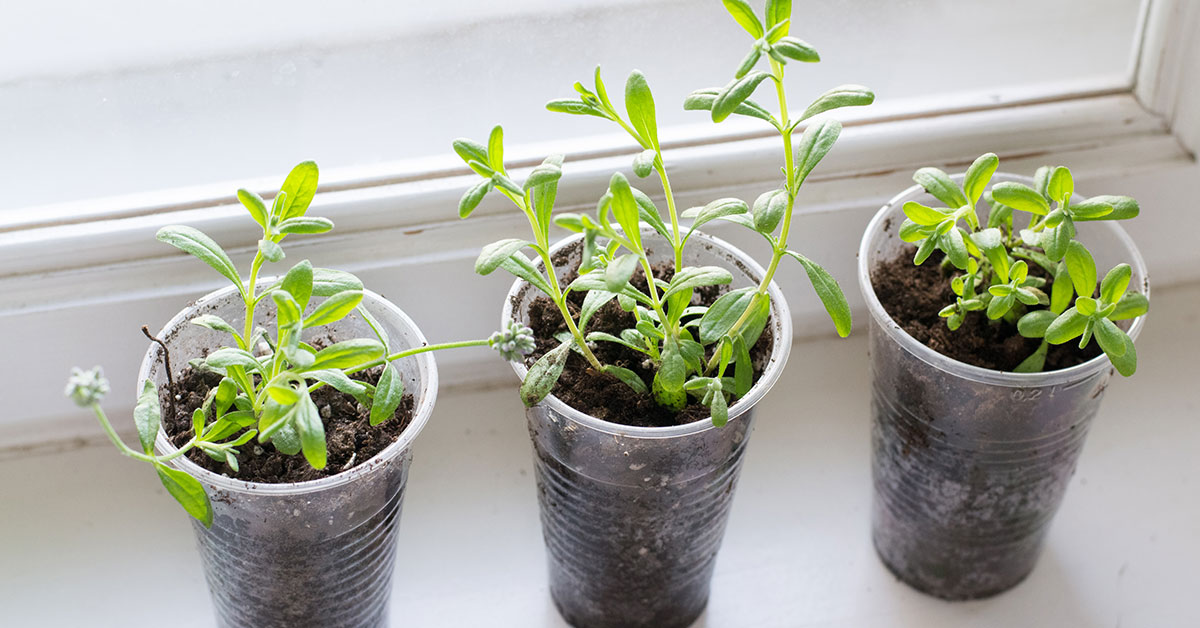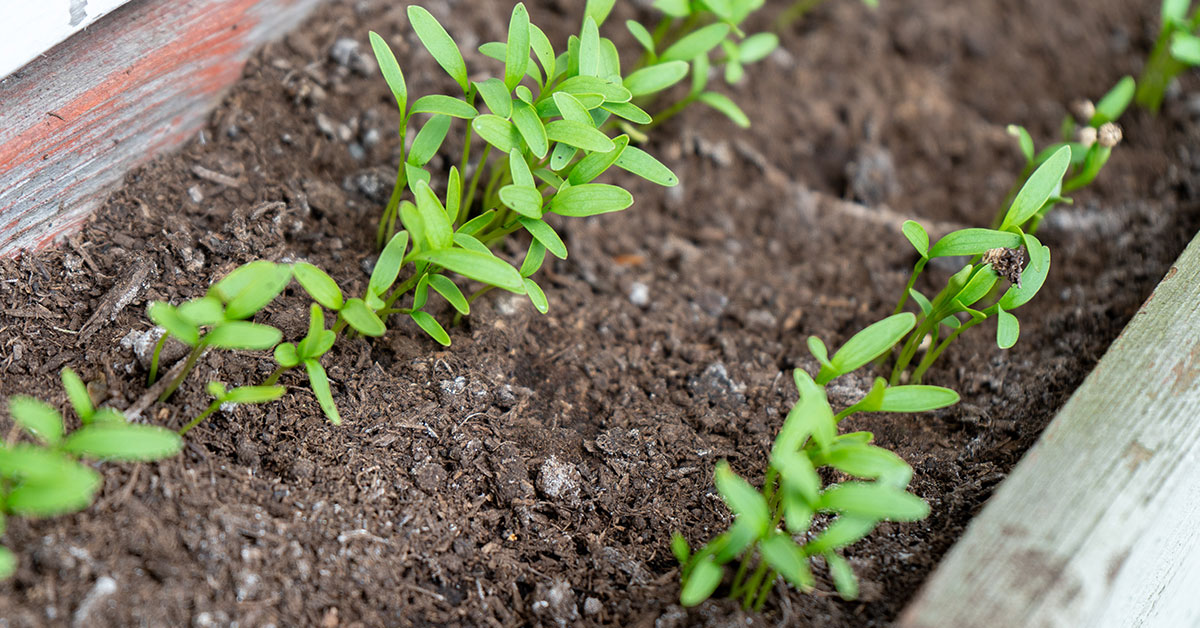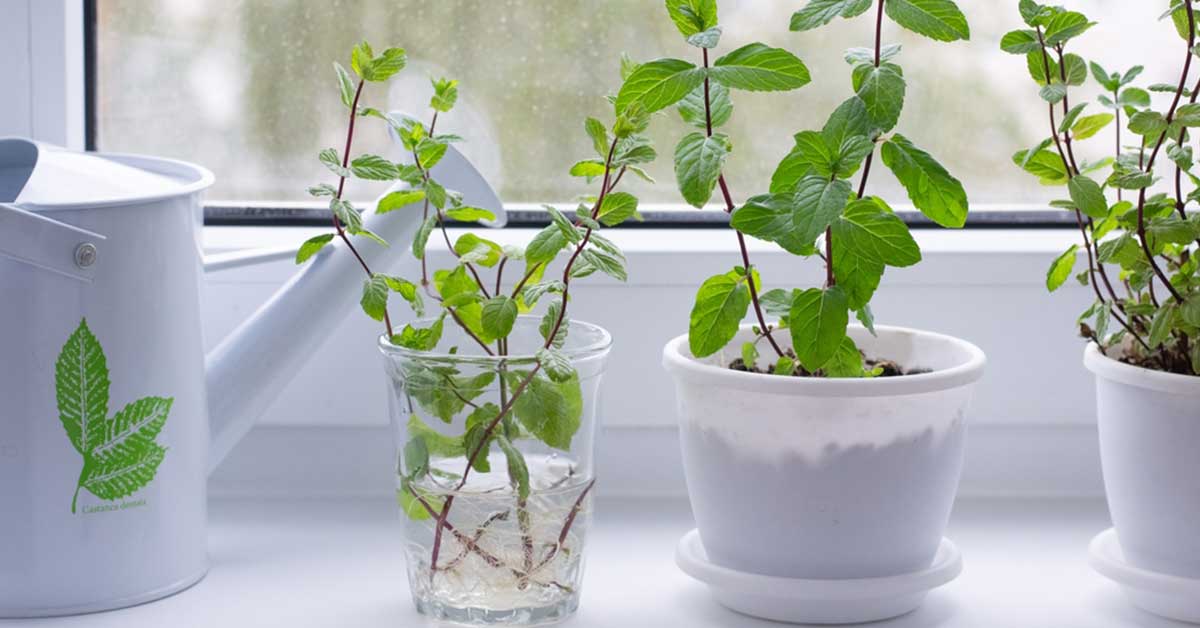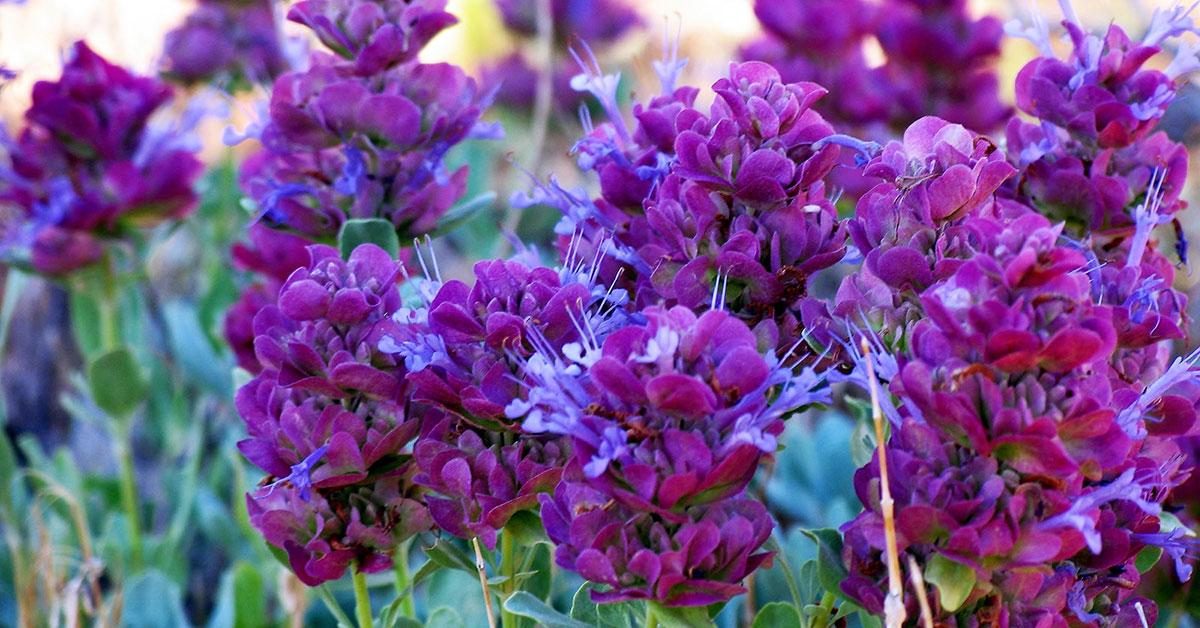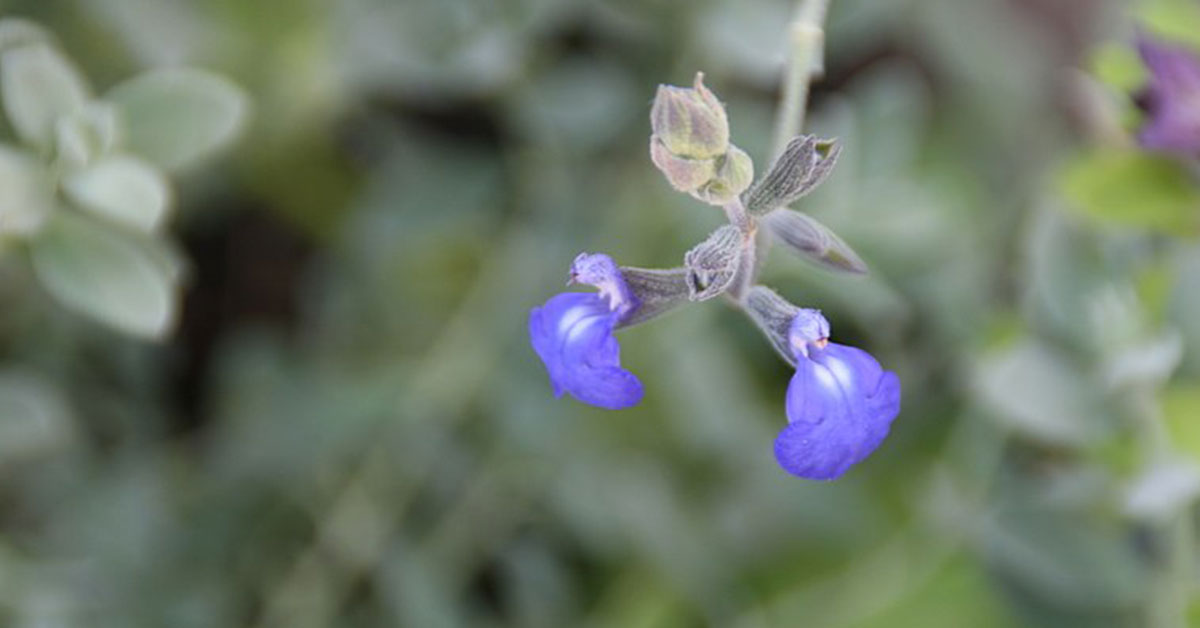Cinnamon basil (Ocimum basilicum ‘Cinnamon’), also known as Mexican spice basil, is a unique and flavorful herb that is becoming increasingly popular in the culinary world. With its distinct aroma and taste, this herb can add a delightful twist to a variety of dishes, from sweet to savory.
In this article, we will explore the history, benefits, and uses of cinnamon basil, as well as provide tips for growing and storing this delicious herb. Whether you’re a seasoned chef or a home cook looking to spice up your meals, this herb is definitely worth trying!
What is a Cinnamon Basil?
Cinnamon Basil, also known as Mexican Spice Basil or Cannella, is a unique variety of basil that has a distinct cinnamon-like flavor and aroma. As its name suggests, it belongs to the basil family and is characterized by its bright green leaves and reddish-purple stems.
This herb is commonly used in various culinary applications, particularly in Mexican, Thai, and Indian cuisines. Its flavor profile is a combination of sweet and spicy, with a warm and slightly bitter taste that resembles that of cinnamon. The aroma of this herb is also quite distinct, with a strong and pleasant scent that can add depth and complexity to dishes.
Apart from its culinary uses, this herb is also valued for its medicinal properties. It has been traditionally used as a natural remedy for a variety of ailments, such as indigestion, nausea, and headaches. Some studies also suggest that Cinnamon Basil may have anti-inflammatory and antioxidant properties, making it a potential therapeutic agent for certain conditions.
Overall, Cinnamon Basil is a versatile and flavorful herb that can add a unique twist to your cooking. Whether you’re using it to infuse your dishes with a warm and spicy flavor, or to reap its potential health benefits, this herb is definitely worth trying out in your kitchen.
What makes Cinnamon Basil different from other varieties?
Cinnamon Basil is a basil variety that stands out due to its distinctive aroma and flavor, reminiscent of cinnamon. Here are a few characteristics that differentiate this variety of basil from other basil varieties:
Fragrance: The most notable characteristic of this herb is its strong, sweet aroma that closely resembles the scent of cinnamon. When the leaves are crushed or brushed, they release a warm and inviting fragrance that evokes thoughts of cinnamon spice.
Flavor: Cinnamon Basil offers a unique flavor profile with a combination of sweetness and warm spice reminiscent of cinnamon. The leaves have a hint of peppery undertones that add complexity to the overall flavor. This distinct flavor makes this herb a popular choice for adding a touch of warmth and sweetness to culinary creations.
Leaf Appearance: Cinnamon Basil leaves are medium-sized and have a vibrant green color. They are typically broader and slightly serrated compared to other basil varieties. The leaves may have a glossy texture, enhancing their visual appeal.
Culinary Uses: Cinnamon Basil is valued for its culinary applications, particularly in desserts, fruit dishes, and beverages. Its warm and sweet cinnamon-like flavor pairs well with fruits, chocolates, and baked goods. This herb can be used to infuse syrups, teas, or flavored oils to add a delightful twist to recipes.
It’s worth noting that while this herb has its unique characteristics, individual plants may exhibit variations in fragrance and flavor intensity based on factors such as growing conditions, harvesting time, and specific cultivars.
How to grow Cinnamon Basil
Cinnamon basil is a flavorful and fragrant herb that can add a unique twist to your garden and kitchen. If you’re interested in growing this herb, here are some tips on how to do it successfully.
Cinnamon basil needs plenty of sunlight to grow, so choose a location that gets at least 6-8 hours of direct sunlight per day. It also prefers well-draining soil that is rich in organic matter. This herb can be started from seeds indoors or outdoors. If you’re starting from seeds indoors, begin 6-8 weeks before the last frost date in your area. If you’re planting outdoors, wait until all danger of frost has passed.
Plant the seeds in well-draining soil about ¼ inch deep and 10-12 inches apart. Water the seeds lightly and keep the soil moist until they germinate, which usually takes 7-14 days. Once the seedlings have sprouted, water them regularly and keep the soil moist, but not waterlogged. Fertilize with a balanced fertilizer every two to three weeks during the growing season.
You can begin harvesting cinnamon basil once the plants are at least 6 inches tall. Harvest the leaves as needed, but be sure to leave enough leaves on the plant for it to continue growing.
Other tips for growing Cinnamon Basil
Some additional tips to keep in mind when growing Cinnamon Basil:
- Soil requirements: It thrives in well-draining soil with a pH level of 6.0 to 7.0. If you’re planting in a pot, use a good quality potting mix with added compost or vermiculite for improved drainage.
- Sunlight: Cinnamon basil needs at least 6 hours of sunlight each day. Make sure to plant it in a spot that receives plenty of direct sunlight.
- Watering: Water your plant regularly, but be careful not to overwater it. Allow the soil to dry out slightly before watering again. If you’re planting in a pot, make sure it has good drainage holes to prevent waterlogging.
- Fertilizing: This herb doesn’t require much fertilizer. You can give it a boost by adding a slow-release fertilizer to the soil at the beginning of the growing season.
- Pruning: Regular pruning will help your plant grow bushier and produce more leaves. Pinch off the tips of the stems every few weeks to encourage new growth.
- Pests and diseases: This herb is generally hardy and disease-resistant, but it can occasionally be affected by aphids, spider mites, or whiteflies. If you notice any pests, try spraying the plant with a mixture of water and dish soap or neem oil.
By following these tips and giving your cinnamon basil plant the care and attention it needs, you should be able to enjoy a bountiful harvest of fragrant leaves throughout the growing season.
Common problems
When it comes to growing cinnamon basil, there are a few common problems that gardeners may encounter. Here are some of the most common issues and how to address them:
- Poor soil quality: This herb requires well-draining soil that is rich in organic matter. If your soil is heavy and clay-like, it may not drain well and could lead to root rot. To improve soil quality, add compost or other organic matter to the soil before planting.
- Overwatering: It prefers moist soil but does not tolerate standing water. Overwatering can lead to root rot and other fungal diseases. Water your plants deeply once a week or when the top inch of soil feels dry to the touch.
- Pests: Cinnamon basil is susceptible to a number of pests, including aphids, spider mites, and whiteflies. These pests can damage the leaves and stunt the growth of your plants. To control pest infestations, try spraying your plants with a mixture of water and dish soap or neem oil.
- Lack of sunlight: This herb requires full sun to thrive. If your plants are not getting enough sunlight, they may become leggy and produce fewer leaves. Make sure your plants are getting at least six hours of direct sunlight each day.
By addressing these common problems, you can ensure that your plants thrive and produce flavorful leaves for use in your favorite recipes.
Uses
While it is similar in appearance to sweet basil, this herb has a distinct cinnamon-like scent that sets it apart. This herb is often used in cooking, but there are also several other uses for cinnamon basil that you may not be aware of.
One popular use for this herb is in tea. The leaves of the herb can be steeped in hot water to make a soothing and aromatic tea that is perfect for relaxing after a long day. Cinnamon basil tea is also said to have several health benefits, including aiding digestion and reducing inflammation.
Another way to use cinnamon basil is in aromatherapy. The essential oil of the herb is often used in diffusers and other scent-based products to create a warm and inviting atmosphere. The scent of this herb is said to be uplifting and energizing, making it a great choice for a morning pick-me-up.
Cinnamon basil can also be used in homemade beauty products. The leaves of the herb can be infused in oil to create a fragrant and nourishing oil that can be used in a variety of ways. This herb’s oil is often used in massage therapy to help soothe sore muscles and promote relaxation.
Overall, there are many uses for this herb beyond just cooking. Whether you are looking for a soothing tea, a fragrant oil, or a fresh scent for your home, cinnamon basil is a versatile herb that is sure to delight your senses.
